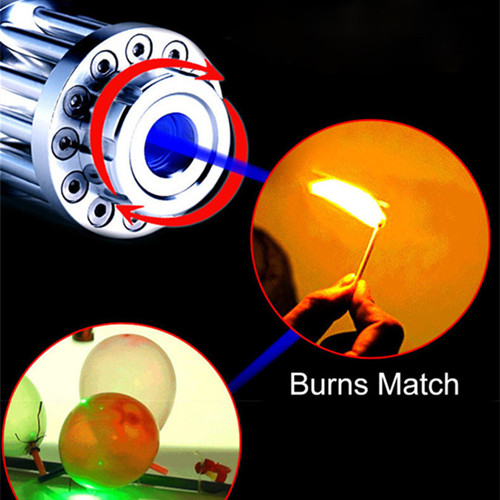The isophase surface of common light waves in the laboratory is generally flat, so it is called a plane wavefront. In recent years, vortex beams carrying orbital angular momentum have also aroused widespread interest in the scientific and industrial communities. This kind of special light beam has a spiral equal phase surface, the center of the light beam is a phase singularity, and the light intensity is zero, so that the entire laser pointer spot shows a hollow structure. A more vivid analogy is that when chopsticks are used to quickly stir the water in the cup, a hollow vortex will also form in the center of the water; atmospheric vortices (such as typhoon eyes) and galaxy vortices are also common in nature.
The optical vortex is closely related to the photon orbital angular momentum, and the important significance of the photon orbital angular momentum is to use a single photon to encode N-ary photon information. Therefore, optical vortex control and detection have become a hot research topic in the field of new optical communication systems and quantum information processing. In the strong light background, the center of the vortex is a dark spot, so it can be easily identified directly by a detector such as a CCD. But under extremely weak light fields, especially at countable photon levels, the vortex will be hidden in a dark background, making it impossible to identify.
In order to solve the problem of optical vortex detection under low-light conditions, the research group of Professor Chen Ideal of the School of Physical Science and Technology of Xiamen University and Professor Ebrahim Karimi of the University of Ottawa, Canada, extended the spiral phase contrast technology to higher-order topological charge for the first time. The Fourier plane scanning high-order spiral phase filter has successfully realized the efficient “lighting” of various vortices in the very weak light field, such as digital or butterfly array vortices, thus the topological charge and position of the vortex Accurate measurements were made. They also explained the experimental results qualitatively based on the Fourier transform optical theory and the Poisson diffraction bright spot phenomenon. Interestingly, based on the measurement results of EMCCD, they also found that under the same background light conditions, higher-order vortices will be “dotted” brighter than vortices with lower-order topological charge numbers; in other words, in Under the same conditions, the number of photons required to “light up” a higher-order vortex is less.
Their experimental results were recently published in the internationally renowned red laser pointer photonics journal Laser & Photonics Reviews [11, 1600163 (2017)] with the title “Revealing optical vortices with a small number of photons”, and were selected as the inner cover by the editor Article (Inside Cover Paper). The editor pointed out that “Researchers from China and Canada illuminate the optical vortex with only a small amount of photons.” “This easy-to-integrate technology is expected to be used by astronomical telescopes to detect weak light signals from distant stars.”
